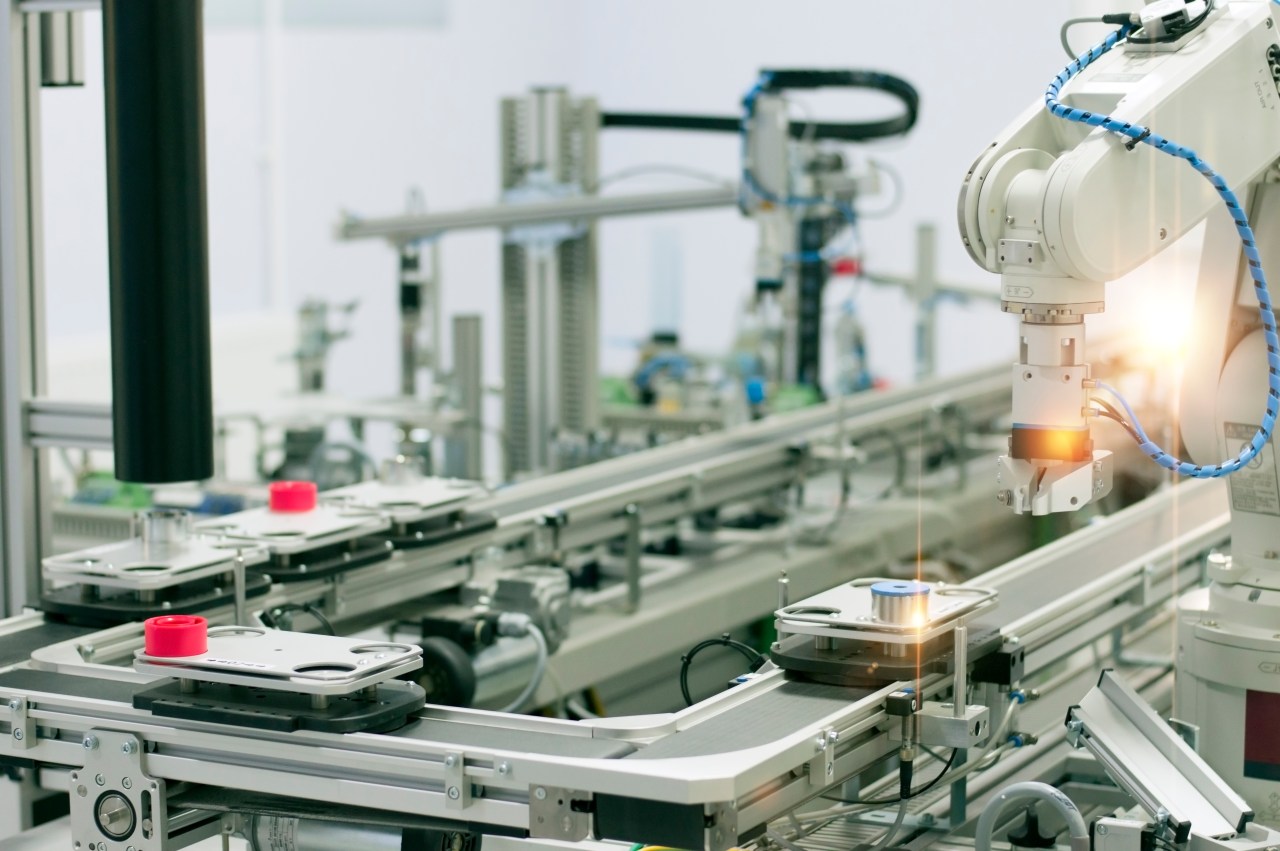In the ever-evolving realm of robotics, one of the fundamental challenges lies in teaching machines to perform tasks that humans consider instinctive. While humans navigate the complexity of the world with ease, robots often struggle with the nuances that accompany seemingly simple actions. Google’s DeepMind team has made significant strides toward addressing this challenge, with their latest advancement, RT-2, designed to enhance robots’ adaptability and learning efficiency.
The Challenge of Simplicity: A Deeper Look
When we think about everyday tasks like throwing away trash or picking up objects, the layers of complexity involved are easy to overlook. Robots, however, require structured environments and repeatable tasks to perform correctly. This focus on rigid structures has restricted the progression toward more versatile robotic systems that can learn and adapt to new environments. The introduction of RT-2 hopes to bridge this gap.
From RT-1 to RT-2: The Evolution of Robotic Learning
Last year, the DeepMind team presented a groundbreaking system known as Robotics Transformer, or RT-1. This model was trained using a rich dataset of 130,000 demonstrations, enabling robots to complete tasks with a success rate of 97%. However, the introduction of RT-2 marks a pivotal leap in robotics.
- RT-2’s enhanced capability allows robots to:
- Transfer knowledge from small datasets to new scenarios.
- Exhibit improved generalization skills coupled with semantic and visual understanding.
Vincent Vanhoucke, Head of Robotics at DeepMind, explains that RT-2 can interpret commands and execute tasks by leveraging its cumulative knowledge. For instance, if a robot is instructed to “throw away trash,” it does not need extensive training to identify what constitutes trash. Through extensive training on web data, RT-2 can recognize trash based on context and prior knowledge, significantly streamlining the learning process.
How RT-2 Works: Practical Applications and Advantages
The implications of RT-2’s training approach extend far beyond mere recognition; they reflect a genuine understanding of contextual cues. For example, consider the simple act of throwing away trash. Unlike previous models, RT-2 understands that an object transitioning from food to trash requires fewer explicit guidelines. This reflects a natural evolution in robotic training techniques, where the machine learns to associate a concept through visual and semantic data rather than exhaustive manual instructions.
Improved Efficacy
Data from DeepMind indicates a remarkable improvement in the execution of tasks—from a success rate of 32% with RT-1 to an impressive 62% with RT-2. This leap not only enhances operational efficiency but also points to a future where robots can dynamically adapt to various tasks without needing extensive retraining.
The Future of Robotics: Beyond RT-2
As robotics technology advances, we can expect systems like RT-2 to become more commonplace. Improved versatility means that robots will be more than just specialized tools; they can evolve into adaptable partners in various environments, fostering innovation across sectors from manufacturing to home assistance.
Conclusion: The Dawn of a New Era in Robotics
The unveiling of RT-2 by Google DeepMind signifies a monumental shift in how robots learn and execute tasks. By teaching robots to effectively generalize information and adapt their capabilities, we are setting the stage for a future where robots can take on an expanded array of tasks with autonomy and efficiency.
At fxis.ai, we believe that such advancements are crucial for the future of AI, as they enable more comprehensive and effective solutions. Our team is continually exploring new methodologies to push the envelope in artificial intelligence, ensuring that our clients benefit from the latest technological innovations.
For more insights, updates, or to collaborate on AI development projects, stay connected with fxis.ai.

